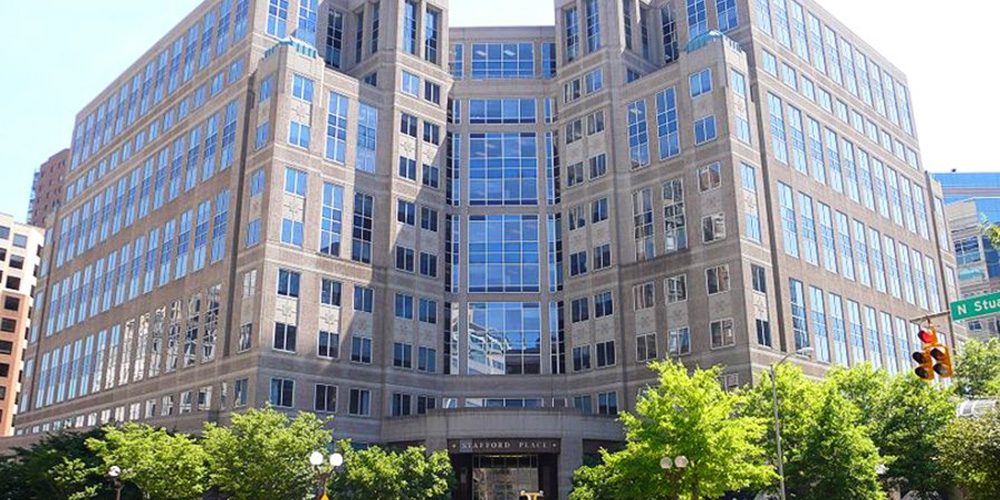National Science Foundation Research

Challenge
This three-year project evaluated different techniques for repair and strengthening of unreinforced masonry structures.
Solution
Atkinson-Noland & Associates served as a principal investigator on this research project, which simulated old masonry construction in a laboratory. Researchers strengthened test specimens with internal reinforcement or repaired the specimens with compatible injection fill (CIF). The project evaluated 35 formulations of CIF, using standardized tests for flow properties, injectability, mix stability, and bond strength. In particular, investigators emphasized masonry seismic response during load tests to determine the effect of the techniques on structural behavior. We used nondestructive techniques, including ultrasonic pulse velocity testing and tomographic analysis, to measure the effectiveness of grout injection.
Experimental and analytical results showed the feasibility of using injection procedures and internal strengthening techniques to repair earthquake damage and to improve seismic performance of unreinforced masonry construction. These techniques are now being used around the world to improve safety of historic masonry structures.
Solutions Provided
Compatible injection fill (CIF) is customized to the material properties of the host structure, based on nondestructive evaluation and materials characteristics testing. Technicians pump a fluid, cement-based grout mixture into cracks, voids, or cavities within masonry. Low injection pressures prevent damage, while strengthening already fragile materials.
We use an in-house laboratory for testing historic and modern masonry material properties. Work performed includes characterization of brick, block, and stone properties; mortar analysis; anchor strength; and grout development, following standard test methods developed by ASTM, ACI, the State of California, and others.
This form of structural analysis assesses a structure’s resistance to earthquake loads. Seismic retrofit solutions are designed to be compatible with the existing materials. In working with historic structures, ANA uses internal strengthening techniques whenever possible to avoid altering the building’s outward appearance.
Data from ultrasonic, sonic, or radar testing can be used in tomographic reconstruction algorithms to create a cross-sectional image of internal properties, based on transmissions (or reflections) of energy through the object. Procedures developed for geophysical exploration have been adapted for masonry and stone analysis. Tomographic imaging can reveal the location and size of internal features, such as voids, cracks, and deterioration, and the use of attenuation-based tomography shows an increased sensitivity to internal anomalies.
An ultrasonic pulser/receiver unit initiates a timing circuit as it sends an electrical signal to the source transducer, which uses an internal piezoelectric crystal to generate a low-energy, high-frequency stress wave. Transducers are attached to the masonry surface with rubber sheets or gels for maximum energy transmission. The wave travels through the section, where the receiving transducer converts wave energy back to electrical energy. Pulse transmission time is displayed in microseconds on a readout display.
Result
Experimental and analytical results showed the feasibility of using injection procedures and internal strengthening techniques to repair earthquake damage and to improve seismic performance of unreinforced masonry construction. These techniques are now being used around the world to improve safety of historic masonry structures.
Project
National Science Foundation Research
Alexandria, Virginia
Client
National Science Foundation
Alexandria, Virginia
Partners
Politecnico di Milano, Milan, Italy
ZMRK, Llubjlana, Slovenia
University of Colorado, Boulder, Colorado

